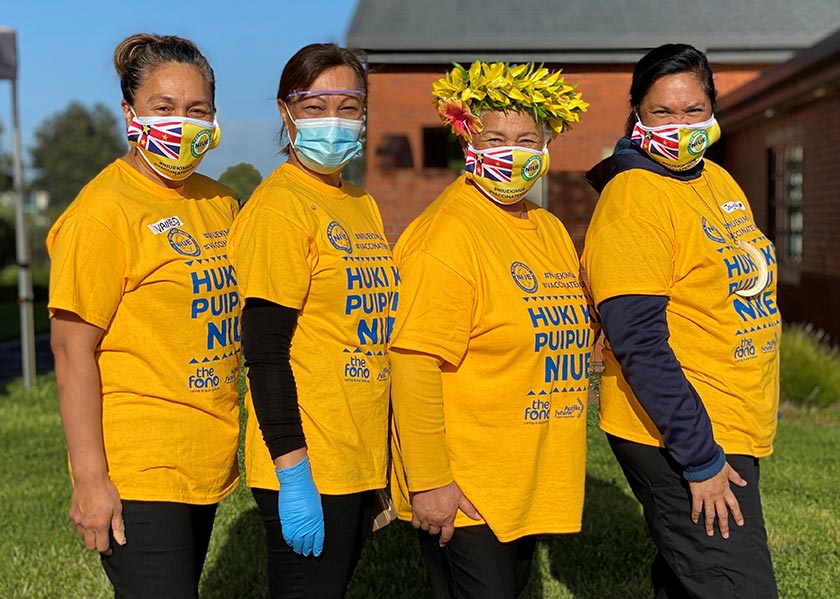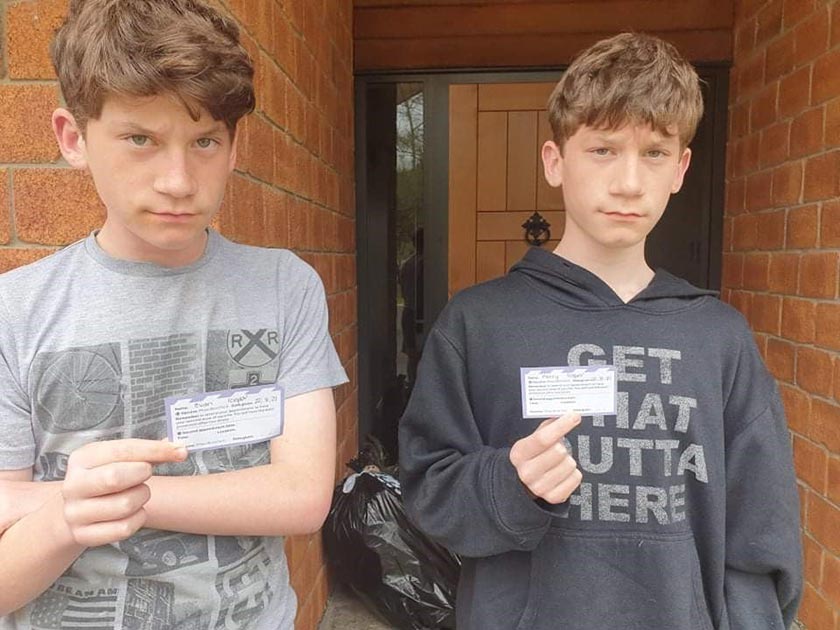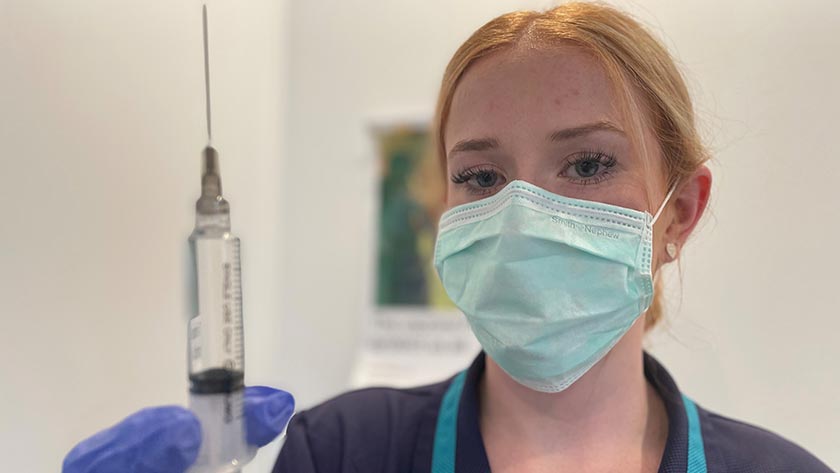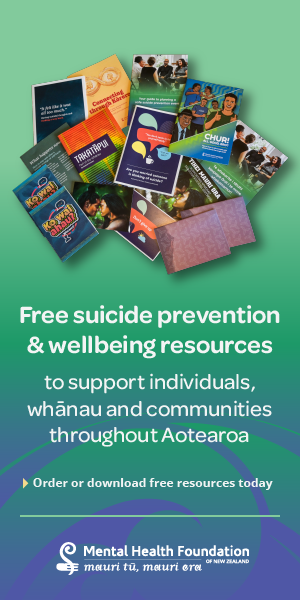After she studies, completes her clinical placements and graduates, she will emerge into a pandemic world. When she becomes a registered nurse, she says, exposure to COVID-19 would seem to be “unavoidable”.
Gillan-Sutton spoke to Kai Tiaki Nursing New Zealand as Aotearoa faces loosened COVID-19 restrictions, no more “elimination”, and vaccination rates yet to hit critical mass. The health sector, it appears, is on a needle’s edge, with borders set to start reopening in 2022.
Gillan-Sutton said the latest district health board MECA offer of jobs for all new graduates was now something of a double-edged sword.
She simply did not know what the health system would be like as she trained and graduated – “COVID makes the future of nursing for students uncertain”.
Nurses currently working in the system face that uncertainty right now.
NZNO College of Critical Care Nurses chair Tania Mitchell said she feared intensive care units (ICUs) would be “overwhelmed” if COVID-19 broke out. New Zealand was already short 90 to 100 full-time-equivalent ICU nurses, so did not even have capacity for business as usual, Mitchell said. That equated to 18 beds without enough ICU nurses.
“It’s going to be tough, we are worried about being overwhelmed and looking at the vaccination rates and how we’re starting to open up. There is real concern that ICUs are not going to manage,” she said. “We don’t even have capacity for business as usual.”
Reports that there were hundreds of ICU beds available were simply not true, she said.
So if ICUs filled up with COVID patients, what would happen to people with heart problems, strokes, sepsis, bad injuries or transplants?
“All of these patients we normally see – it will impact on them, if the ICUs are full with patients with COVID. It will impact on the whole population.” And the word from ICUs in the United Kingdom and Australia is that it was unvaccinated COVID patients filling up ICUs. “It is a challenge for health professionals to know that these are mostly preventable [through vaccination].”
That could mean “tough decisions” for doctors about who gets treated.
For nurses, it would mean care rationing. Normally, one-to-one nurse-patient ratio 24/7 was a basic requirement in ICUs – and in some cases two nurses per patient. But with COVID pressures, that may not be possible, “and that will have an impact on patient outcomes”.
Each DHB would plan how to ration care differently, but it might mean other nurses stepping in to help. However, nurses needed four to five years of experience “to be able to look after a complex, critically ill patient”. The problem was underscored by a national shortage of nurses. “We don’t have enough nurses and we can’t get enough nurses – there is a national shortage.”
It had taken just four COVID cases in Auckland DHBs’ ICUs before they needed to call for help from ICU nurses outside the region, Mitchell said. “This highlights how big the issue could be.”
With vaccination key, NZNO kaiwhakahaere Kerri Nuku asked Covid Response Minister Chris Hipkins in February how equity would be incorporated in the rollout.
He instead backed a “sequencing” approach, where Māori were not first or even second off the blocks, she said. “They started off with the older age group in the population, which we know there were very few Māori in that space.” Sequencing had disadvantaged Māori, with a significantly younger population, she said.

Māori and Pasifika people faced a racist backlash from a wider population now impatient for progress, she said. This was despite Māori being discouraged from vaccination by the rollout system itself.
“Now we’ve got a situation where they want to free up the border, they want to open it up – so they’re saying ‘quickly you Māori, get vaccinated’.”
As at publication, 58 per cent of Māori had received the first dose of the Pfizer vaccine. For Europeans it was 81 per cent, and for the overall population, 79 per cent.
“What do we do? That’s what we need to be asking,” Nuku said. “Where does the money need to be redirected? More into Māori and iwi providers. Shift the money from PHOs and DHBs. It never should have gone there in the first place. Make the services relevant to the community.”
Nuku feared Māori, already burdened with comorbidities through inequity, would be de-prioritised for COVID-19 treatment in hospitals.
NZNO board member and nurse practitioner in Te Tai Tokerau Margaret Hand, said Māori had long lived below the bottom line of society.
“And here we are asking them to be part of a community-driven campaign?” She said she had reflected on past epidemics and how many Māori died, as they could not get a vaccine. “Our urupa [graves] are marked with those fallen from the influenza epidemic.”
Hand wondered whether Māori were an “after-thought” in pandemic planning this year – and we should have learned from 2020.
Māori were warriors and leaders, she said, and they were leading their people through this pandemic.
“I have admiration and pride in the way iwi have moved a nation to provide services to vaccinate the most vulnerable in New Zealand: Māori and non-Māori.”
College of Primary Health Care Nurses chair Jill Clendon said a strategy to manage COVID-19 patients in the community was needed.
At the primary health providers she worked with in Nelson she anticipated the team would play an important role in managing patients clinically, with tele-and-video monitoring, phone calls and home visits where required.
“We may establish a nursing response team/taskforce to support general practice and public health to respond to people who need care at home.” Access to PPE, good education and psycho-social support “must go hand in hand with this”.
NZNO acting manager nursing and professional services Kate Weston said nurses would come under strain across the health sector.
“We can’t live restricted forever – but we are really concerned that if we move too quickly, it’s going to put duress on the health system. The difficulty we have right now is we have a fixed and finite workforce group, being taken to MIQs and needing to test and vaccinate vast numbers of people.”

Services ranging from primary to perioperative to intensive care would all be affected by a shift to living with Delta, with surgical backlogs and other knock-on effects. Nurses being taken from somewhere else, would leave corresponding pressure. NZNO wanted to see a “whole-of-systems” approach with resources like PPE prioritised for those in need, while easing restrictions in a way which would do “least possible harm” to the health system.
NZNO also wanted nurses to be recognised, prioritised and well-equipped under any new strategy. “Nurses are really central, they are the glue who hold the health system together,” Weston said. “The consequences of the easing of restrictions, even if it’s over time, is until we get everyone vaccinated and children under 12, it is our tamariki and pēpē who will be affected.”




